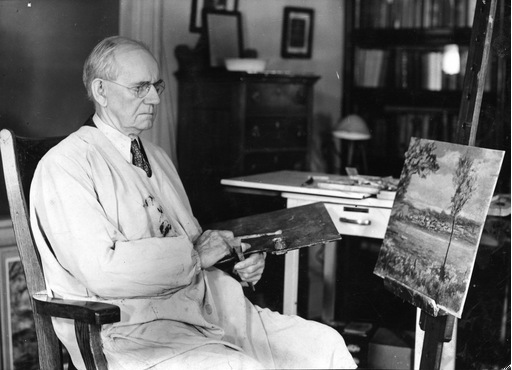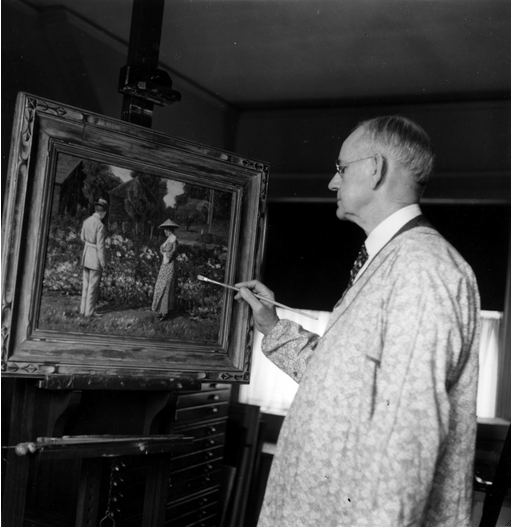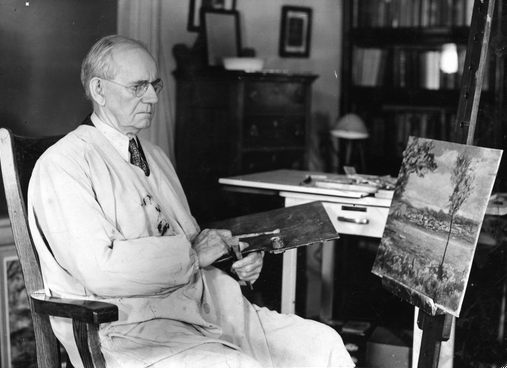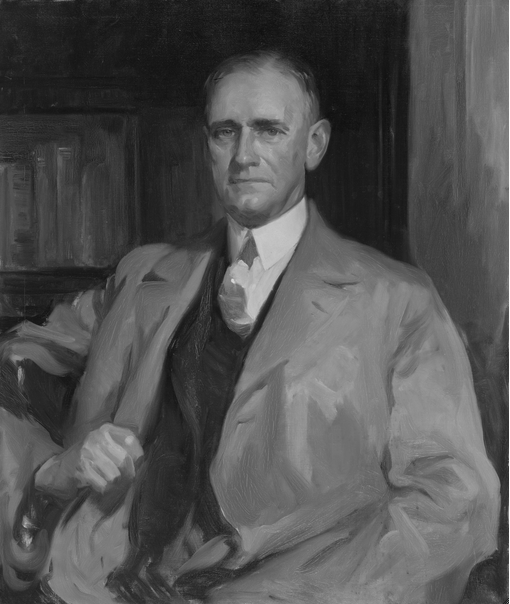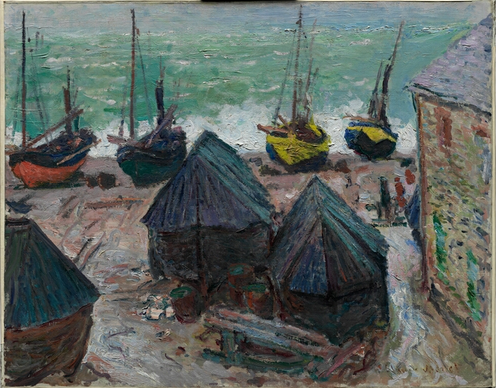Charles H. and Mary F. S. Worcester
In 1947 Charles H. (1864–1956; fig. 1.2) and Mary F. S. (née Mary Foster Southwell) (1861–1954) Worcester donated seventy paintings, drawings, and sculptures from their collection to the Art Institute of Chicago. Longtime patrons of the museum, the Worcesters had supported the Art Institute in significant ways for many years prior to this gift. They had loaned parts of their collection for exhibition and had generously supported the museum’s programming efforts, donating a fund to support the educational Gallery of Art Interpretation and contributing to the children’s fund. The Worcesters, who began donating important works of art to the Art Institute by 1925, collected broadly with the museum in mind; their 1947 donation—much of which stayed in their 1323 North State Street home until they died—included European and American works from the fourteenth to the twentieth century. According to former Art Institute curator and director Daniel Catton Rich: “In 1926, after a certain number of paintings had been acquired, Mr. and Mrs. Worcester indicated to Mr. Robert B. Harshe, Director of The Art Institute of Chicago, that they generously wished to contribute to the collections of the Institute. ‘What did the Museum need?’ ‘In what fields should it be strengthened?’ Together with Mr. Harshe they surveyed the Department of Paintings and . . . they set out at once to supply these lacks.”
In addition to their collecting efforts, the Worcesters volunteered extensive service to the Art Institute. Becoming a member in 1897, Mr. Worcester—a leader in the lumber and paper-product industries—served as a trustee (1925–49), vice president (1932–37), and honorary president (1938–56) (fig. 5.11). Originally from Detroit, Michigan, he was also an amateur painter (fig. 1.1). Mrs. Worcester—born in Fort Atkinson, Wisconsin, where her grandparents were founding settlers and she (as well as her parents) supported many local institutions, especially the town’s public library—was an honorary member of the Art Institute’s Woman’s Board. A supporter of many causes, Mrs. Worcester bequeathed approximately $5,000,000 of her estate to numerous charities. The Art Institute continues to benefit from the Worcesters’ philanthropy. Upon their deaths, they left the museum significant acquisition funds that have been used to purchase important Impressionist paintings such as Gustave Caillebotte’s Paris Street; Rainy Day, acquired by the Art Institute in 1964 (fig. 1.3).
Monet Paintings in the Art Institute of Chicago from the Collection of Charles H. and Mary F. S. Worcester
Boats on the Beach at Étretat (cat. 22)
Renoir Paintings in the Art Institute of Chicago from the Collection of Charles H. and Mary F. S. Worcester
The Laundress (cat. 6)
La couseuse (Femme cousant dans un jardin)
